- Voices of the Ocean
How One Voice Is Leading a Global Ocean Movement Through the Power of ‘Climate Artivism’ Across 67 Countries
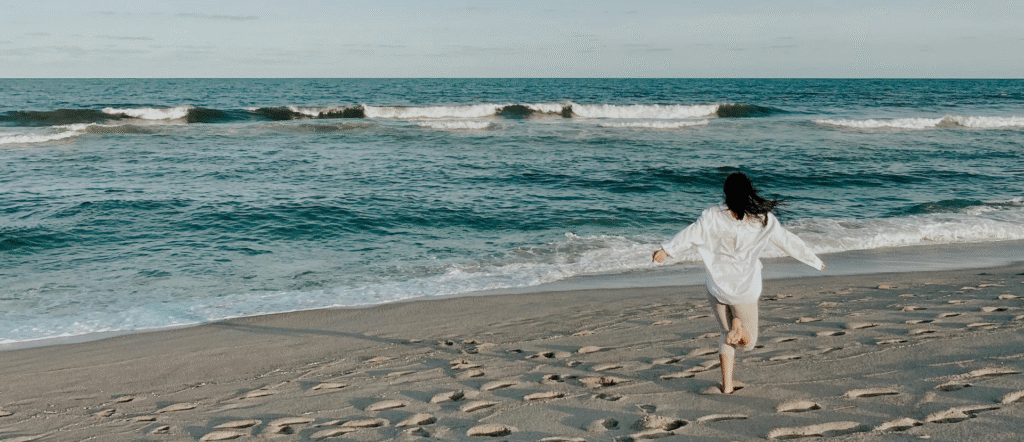
I was nine years old when I first realised that air could shape a life.
In New Delhi, smog was not an occasional haze but a constant presence, a reality that pressed against my chest and filled my lungs. Breathing was never effortless. It was not until a childhood trip to Switzerland that I saw a sky unmarked by pollution. I remember the startling clarity of it, the almost impossible sensation of air that carried no weight. For the first time, I could inhale without fear. That day gave me a question that never left me: why can’t this be possible back home?
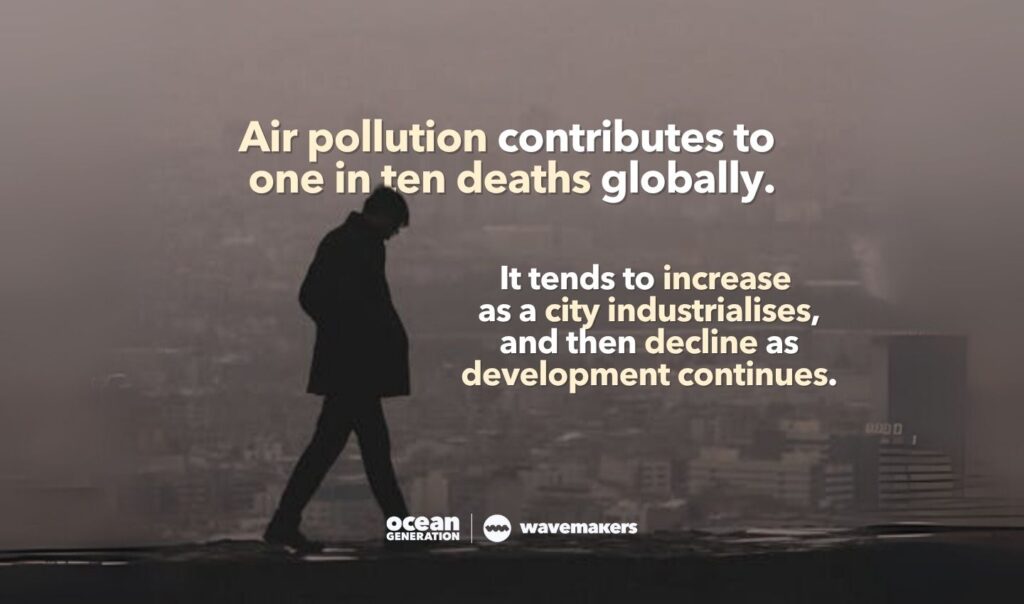
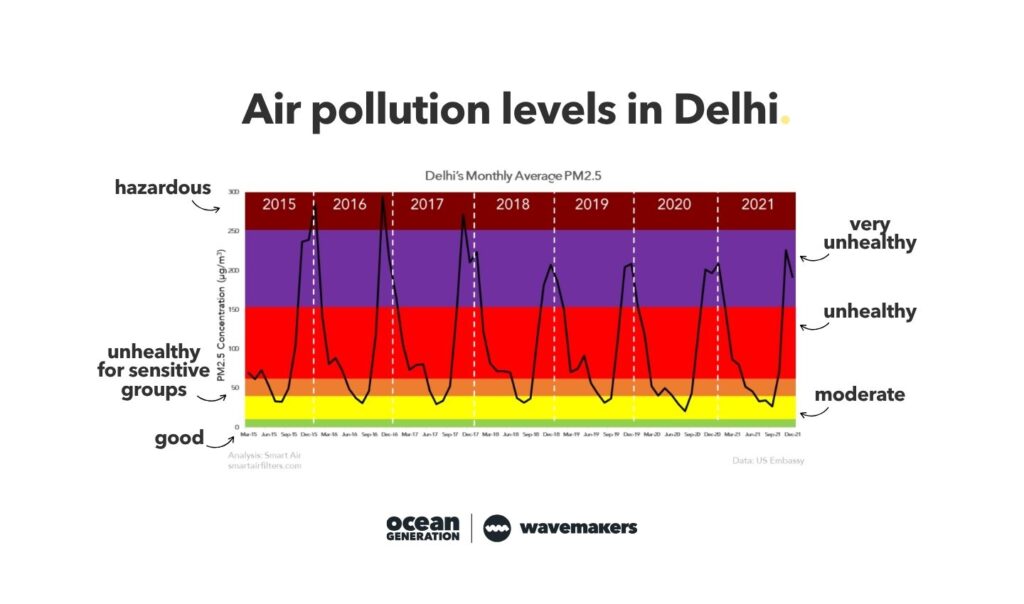
Delhi’s average PM2.5 level is 140, far above the WHO’s recommended 10µg/m³.
A few years later, in my early teens, on a walk along the beach, I discovered another truth. The sand was warm beneath my feet; the sky softened into dusk, yet the shoreline was scarred by plastic. Bottles, wrappers, and fragments of waste clung to the coast like unwanted relics of our choices. That sight unsettled me deeply, not because it was surprising, but because it was familiar. I knew then that air and Ocean, breath and tide, were bound together. The same systems failing us on land were washing ashore before my eyes.
I began where many young people begin: with questions.
Why were we treating planetary survival as optional? Why did conversations about climate justice not include the voices of those living its consequences?
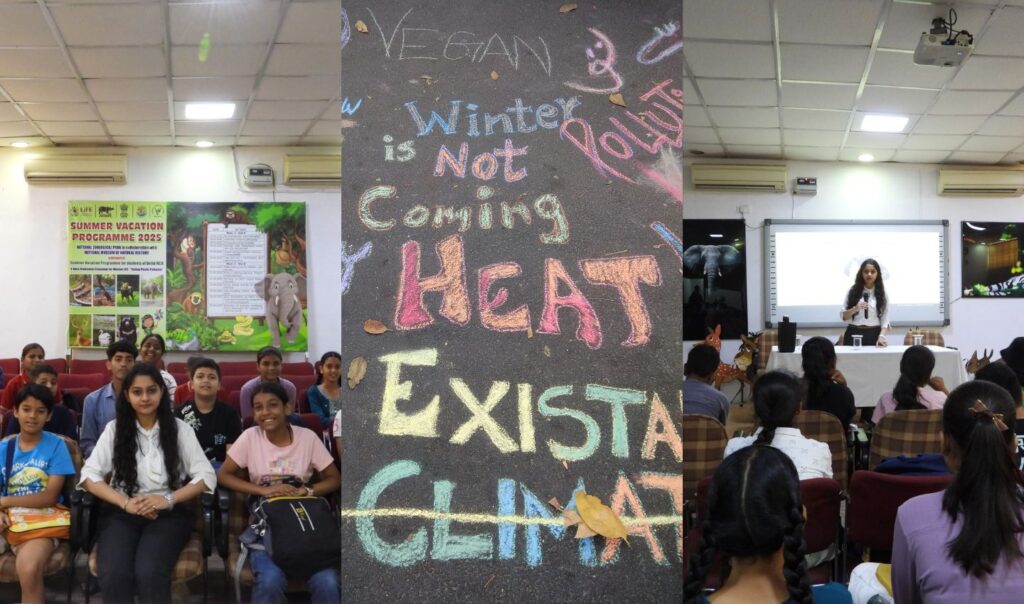
I turned to my peers and started discussions about climate change, Ocean plastic pollution, and conservation. We would stay after school talking about why change felt so far away and what it would take for young people like us to be heard. Using social media, I began amplifying those discussions: spreading awareness, small actions, and urgent questions that resonated with others around the world.
One evening, sitting in my childhood bedroom, I realised that awareness alone wasn’t enough. Talking was powerful, but it needed a structure. It needed a home. That night, I decided to create one and that’s how Climate Conservancy was born.
How questions turned into action
It was from this current of urgency and solidarity that I founded Climate Conservancy. What began as an idea has grown into an international youth-led movement with grassroots chapters in sixty-seven countries and 9000 volunteers.
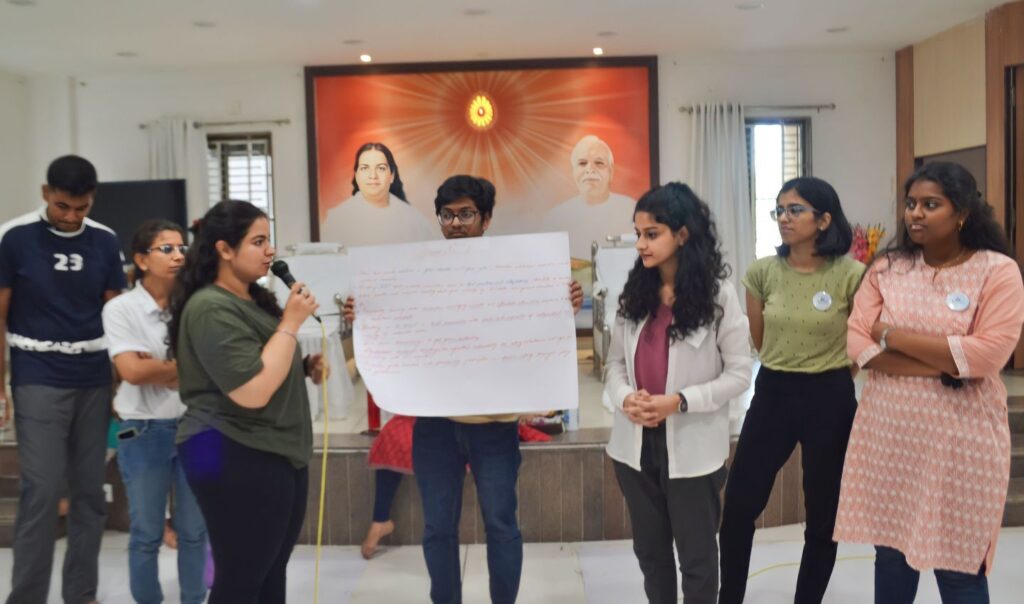
But the beginning was far more modest. During the Covid lockdowns, when the world seemed to pause, I used that stillness as a starting point. I designed the first initiative, Climate Conservancy Chapters Program, and posted about it. Within days, applications began flooding in from students, artists, and young changemakers wanting to join. Our first volunteers came together virtually to design local projects: from organizing workshops in Tanzania to awareness sessions in India. That momentum born from isolation and shared hope became the foundation of a global network.
At its heart, Climate Conservancy is committed to making climate action intersectional. I believe that conversations about climate are inseparable from conversations about health, gender, justice, arts and culture. I believe in the power of solving the climate crisis through intersectionality of climate and other social issues because that is how they are lived in the real world.
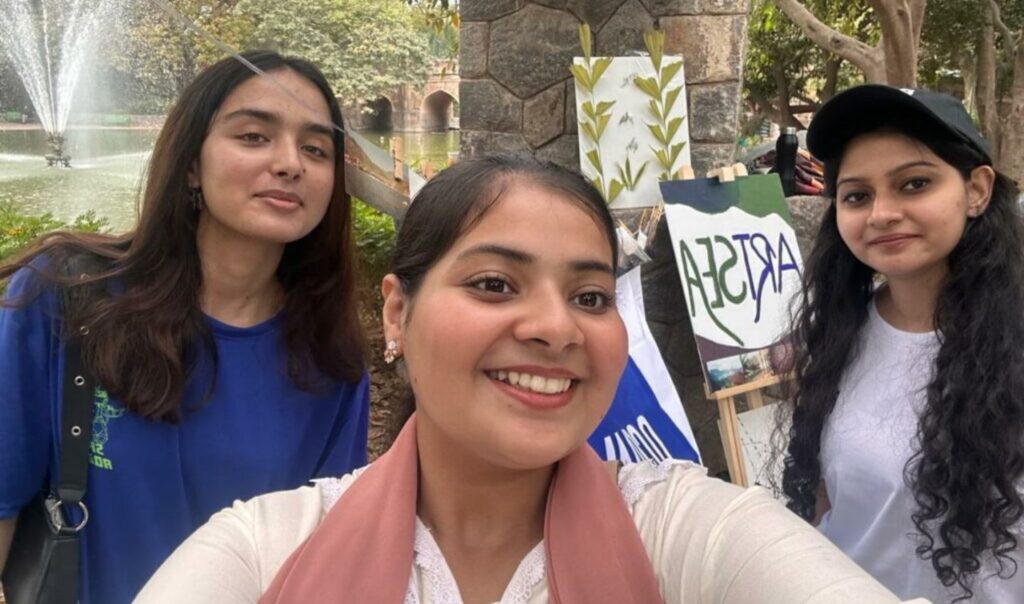
My initiatives reflect this ethos. Through the Climate Conservancy chapters program, I enabled young people to lead grassroots climate and conservation projects rooted in their own contexts: mangrove restoration, coastal cleanups, education workshops, advocacy campaigns, and more. I see my organization as a bridge, connecting local action with global solidarity.
Some of the stories still stay with me. A group of our volunteers restored an entire mangrove stretch that now protects their village from tidal floods. In Tanzania, a 17-year-old girl from one of our chapters launched a community garden that feeds dozens of families while teaching others about sustainable agriculture. Our Ocean campaigners used recycled art installations to turn public parks into spaces of awareness and beauty. These are the kinds of transformations that remind me why I started because impact, at its most powerful, is personal.
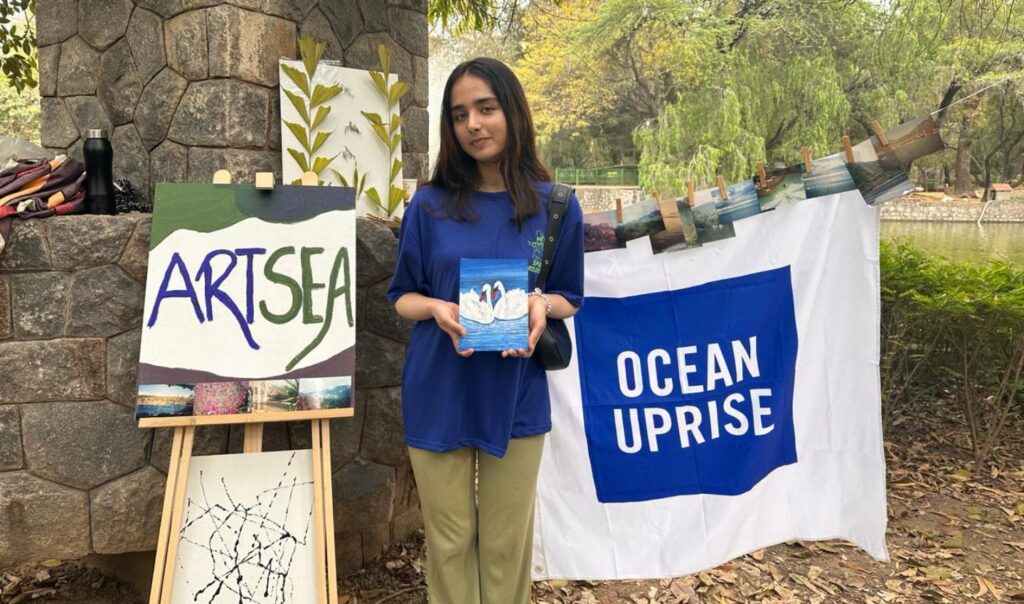
One of my most distinctive programs is ArtSea, which uses art as a vessel for Ocean conservation. Through murals, performances, and exhibitions, young artists transform public spaces into living reminders of the Ocean’s fragility and resilience. Art, after all, moves people in relatable and emotional ways. It stirs, it unsettles, it provokes memory and imagination.
ArtSea transforms creativity into a powerful means of conservation, affirming that the protection of the Ocean is both an ecological necessity and a cultural responsibility.
This journey from smog-filled childhood skies to Ocean-centered global activism is more than personal.
It’s a reflection of a collective story. If children grow up believing that clean air is a privilege, something is profoundly broken. If communities watch their coastlines drown in plastic, they deserve more than sympathy; they deserve solutions. And if youth, so often unheard, can mobilise across continents, then imagine what becomes possible when industries, institutions, and leaders finally listen.
My story is not a conclusion but an invitation. Climate justice is about breathing room: for the Earth and for every being that calls it home. It’s about ensuring that no child grows up thinking that survival is conditional, and no coastline is left to carry the weight of our neglect. The Ocean is telling us its story already. The question is whether we will act in time to listen to it.
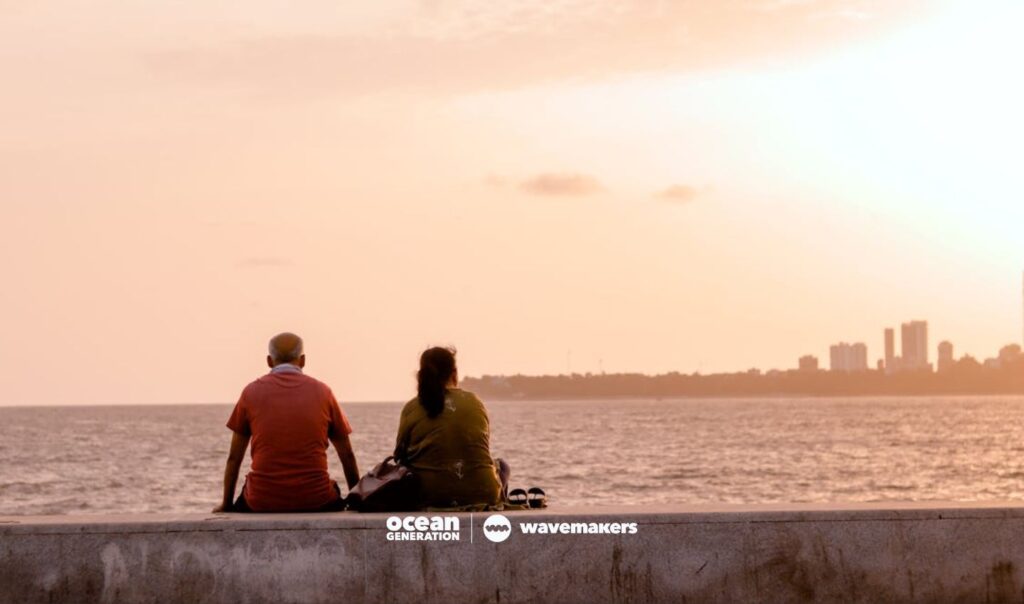
Thank you for raising your voice for the Ocean, Leena!
Connect with Leena on LinkedIn or Instagram. Learn about how to submit your own Wavemaker Story here.
Disclaimer: Ocean Generation has no official affiliation with Climate Conservancy. Mention of or reference to Climate Conservancy is not an endorsement or sponsorship by Ocean Generation. The views, opinions, and activities of Climate Conservancy are independent of Ocean Generation.




